Chest Stretches: The Anatomy Of The Chest
When talking about the chest, there are four muscles to consider with these chest stretches for they help move the pectoral girdle and includes:
Pectoralis Major
The Pectoralis Major as two heads:
Clavicular
- Can work independently to flex humerus
Sternocostal
- Larger
- Can work independently to extend humerus back from the flexed position
Creates a powerful adduction and medial rotation of the arm when working together
Subclavius
- Small, round muscle
- Helps stabilize the clavicle and gives some protection to the subclavian vessels
Serratus Anterior
- Lies on the lateral portion of the thorax
- Received its name for the sawtooth appearance (L. serratus, a saw)
- One of the most powerful muscles of the pectoral girdle
- Primary use is the protraction of the scapula
- Used when the arm is reaching forward, especially during the motion of punching.
- Helps anchor the scapula during the elevation/abduction of the humerus.
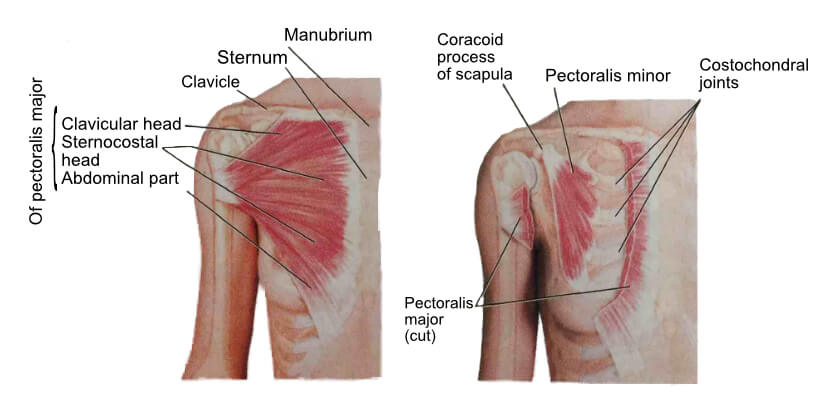
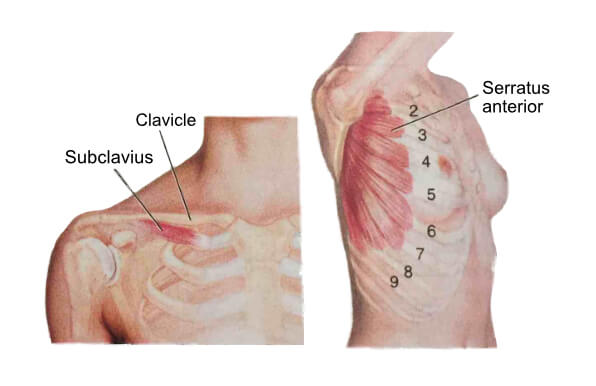
Benefits of Chest Stretches
Tightness in the chest muscles can create a variety of problems such as shoulder impingement. Stretching can help prevent injuries as well as improve/maintain posture and function.
Chest Stretching Exercises
Shoulder Extension, Pec Stretch
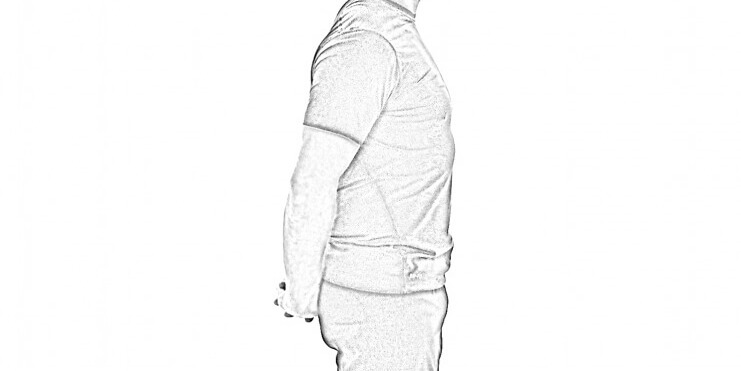
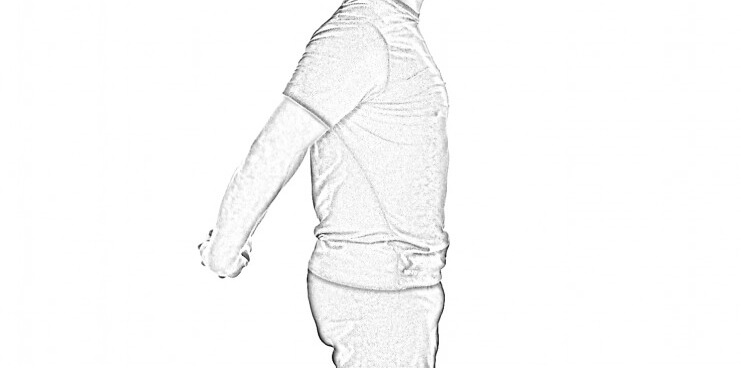
- Stand up straight with your shoulders back and your back straight.
- Place both hands behind your back and cross your fingers.
- With your palms facing up, raise your hands away from your back until you feel a gentle stretch across your chest and in front of your shoulders.
- Maintain the position and relax.
- Hold the stretch for 20-30 seconds.
- Do not lean your body forward. Keep your back straight.
Posture Stretch
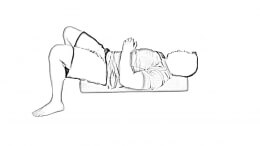
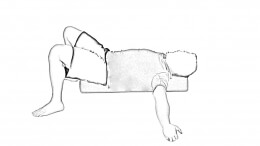
- Lay on a foam roller with your knees bent and feet flat on the ground. Your palms are facing up and your arms are abducted (away) about 45° from your body.
- As your flexibility progress, abduct your arms up to 90°.
- Hold the position for the prescribed duration.
- Can hold for 30 seconds – 1 min.
- Repeat 2-3 times.
Door Pec Stretch (v.1)
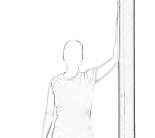
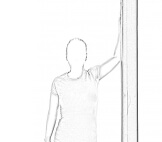
- Stand up in front of an open doorway.
- Place your forearm along the wall.
- Lean your body forward until you feel a stretch across your chest and the front of your arm.
- Hold the stretch for 20-30 seconds.
- To emphasize the upper chest, place the arm lower than horizontal, to stretch more the middle portion, place the arm perpendicular and to stretch the lower portion, place the arm higher than parallel.
Door Pec Stretch (v.2)
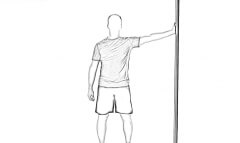
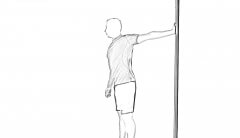
- Stand straight next to a post.
- Place your hand against the post at shoulder height as you rotate your body to the opposite side.
- Hold the position when you feel a comfortable stretch in front of the shoulder and/or chest.
- Hold the stretch for 20-30 seconds.
Stretching Guide Chapters
Chapter Selection
Don’t miss out!
Subscribe to our newsletter to get your free copy of our stretching guide and get notifications when we make a new post to help you reach your fitness goals.
- Howley, E. T., & Franks, B. D. (2007). Fitness Professional’s Handbook (5th ed.). Champaign, IL: Human Kinetics.
- Moore, K. L., & Dalley, A. F. (2006). Clinically Oriented Anatomy (5th ed.). Baltimore, MD: Lippincott Williams & Wilkins.
- Nieman, D. C. (2011). Exercise Testing and Prescription: A Health-Related Approach (7th ed.). New York, NY: McGraw-Hill.
- Sá, M. A., Neto, G. R., Costa, P. B., Gomes, T. M., Bentes, C. M., Brown, A. F., et al. (2015, Mar 29). Acute Effects of Different Stretching Techniques on the Number of Repetitions in A Single Lower Body Resistance Training Session. Journal of Human Kinetics , 177–185.
- Sherwood, L., & Kell, R. (2010). Human Physiology: From Cells to Systems, First Canadian Edition. Toronto, ON: Nelson Education.